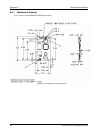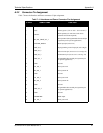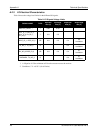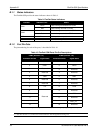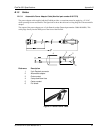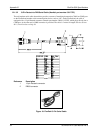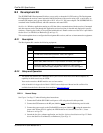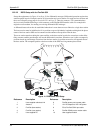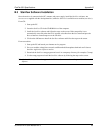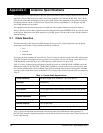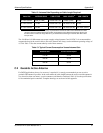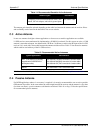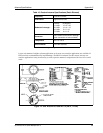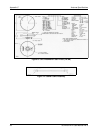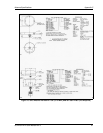
54 SUPERSTAR II User Manual Rev 3
Appendix B FlexPak-SSII Specifications
B.2.2.2 DGPS Setup with the FlexPak-SSII
Set up the equipment as in Figure 11 on Page 54, for differential messages. Differential operation requires that
stations operate in pairs. Each pair consists of a base station and a rover station. For each receiver, the base and
the rover, follow the set-up steps in Section B.2.2.1 on Page 53. Then also connect a TTL communications
device to each FlexPak-SSII using a serial connector on the FlexPak-SSII interface cable. For example this
might be a radio modem, for sending or receiving differential GPS messages.
A differential network can also be established when there is more than one rover linked to a single base station.
The base receiver must be initialized to fix its position to agree with latitude, longitude and height of the phase
center of the base station GPS receiver antenna and the antenna offset position from the base.
The rover station must be tracking the same satellites as the base station in order for corrections to take effect.
Only common satellite pseudoranges will use the differential corrections. When the rover is able to compute its
positions based on pseudorange corrections from the base station, its position accuracies will approach that of
the base station. The computed position solutions are that of the GPS receiving antenna phase center.
Figure 11: Differential GPS Setup
Reference Description Reference Description
1 User-supplied radio data link 6 FlexPak power port to power cable
2 Antenna 7 12 V DC adaptor to 120 V AC power
3 FlexPak (base station) 8 PC to FlexPak COM1 port cable
4 FlexPak (rover station) 9 FlexPak COM2 port to modem cable
5 User-supplied PC 10 User-supplied modem
10
1
2
4
6
7
5
3
2
1
5
6
7
8
8
9
9
10



